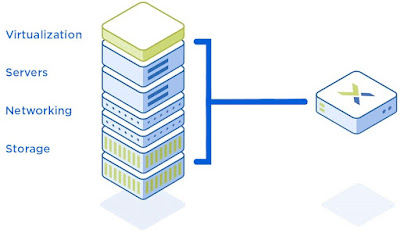Understanding the Different Types of Disk Space and Their Uses

When it comes to disk space, there are several different types of storage that serve different purposes. Understanding the differences between these types of storage can help you choose the best option for your needs. Hard Disk Drives (HDD) HDDs are the most common type of storage found in desktop and laptop computers. They are relatively inexpensive and can hold large amounts of data. HDDs use magnetic disks to store data, with read/write heads that move across the disks to access the data. However, HDDs are slower than other types of storage and are more prone to failure due to their mechanical parts. HDDs are best suited for storing large amounts of data that are accessed infrequently, such as archives, backups, or media libraries. They are also useful for storing data that does not require fast access, such as system backups or historical data. Solid State Drives (SSD) SSDs use flash memory to store data, which provides faster read and write speeds than HD





